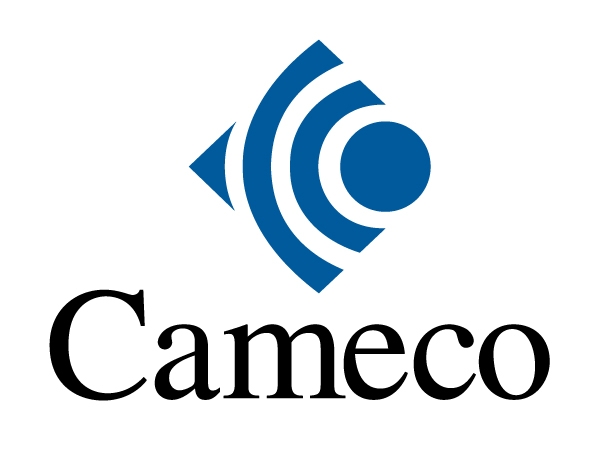Cameco Corporation (CCJ, $8.97): “Is President-elect Donald Trump going to kill
alternative energy?”
Disclosure: The AIM Equity Fund currently holds this position.
This article was written by myself, and it expresses my own opinions. I am not
receiving compensation for it and I have no business relationship with any
company whose stock is mentioned in this article.
Summary
• Cameco Corporation (NYSE: CCJ) operates underground
uranium mines and produces uranium to be selling to US, Canada, and Germany. It
operates in three business segments: Uranium, Fuel Services, and NUKEM.
• Since the accident at Fukushima over five years ago, people are
still very cautious about the safety issue of using nuclear energy. The uranium
spot price and term price have decreased 70% and 45% respectively since then.
• The weak current market for uranium is driven by the combination
of weak demand and strong supply. The management is expecting to see mitigation
of this adverse supply-demand relationship over the next ten years.
•Under the challenging nuclear energy environment, the company is
able to achieve average realized prices for uranium above the market prices
continuously and maintain a 3.4% dividend yield.
•The management is actively seeking for building long term
relationship with several Asian countries including China and Japan.
Key points:
Since the Fukushima reactor accident in 2011, the nuclear industry
has been a challenging area to operate. Many nuclear reactors around the world,
especially in Japan, shut down and went through thorough reconstruction to
ensure the safeness. In the long term, according to Cameco’s management,
uranium demand is backed by steady reactor growth as the 57 reactors under
construction worldwide.
Despite record-low uranium spot price, Cameco’s contract portfolio
has provided good protection for the company and helped deliver a much higher
average realized price. Additionally, Cameco has been continuously optimizing
its cost structure including reducing operating cost and strengthening agility
on the uranium supply side.
The clean energy sector was supported greatly by President Barack
Obama as the concerns about global warming and climate change. However, Donald
Trump, who is the next U.S. President, would like to remove Obama
administration’s Clean Power Plan (CPP). Even though this might be a concern
for the consumption of clean energy going forward, it might be too early to
make a reasonable projection for the clean energy path. Additionally, the cost
per megawatt of utility-scale solar power in the U.S. is now lower than the
cost of coal.
Currently the company is focusing on staying competitive in the
market and positioning for price and operating leverage to get prepared for the
rising demand in the long term.
What has the stock done lately?
Since its addition into the AIM International Equity Fund on December
2015, stock price has slipped down about 30%, which is reasonable considering
the challenging macro environment for nuclear energy industry. The company’s
announced its 3Q earnings at November 2 with a surprising estimation beat on
higher uranium sales, the stock price has recovered more than 15% since then.
Past Year Performance: CCJ has decreased about 30%
in value over the past year largely because the combination of lower average
realized price and challenging uranium market. Over the last year, the stock
has been as low as $7.46 in November 2016 and as high as $13.11 in March 2016.
Even though CCJ does not sell uranium on the spot market, the movement of the
stock price has been showing a strong positive correlation with the movement of
the uranium spot price. CCJ missed the earnings estimates in the first two
quarters of 2016 mainly caused by lower average realized price and flat sales
volume of uranium.
Source: FactSet
My Takeaway
After the meltdown of Japan’s Fukushima nuclear reactor in 2011,
demand for uranium as the energy resource has been greatly undermined mainly
because people are cautious about the safeness on using nuclear energy. In the
long term, with more than 50 new nuclear reactors coming online, CCJ is
well-positioned in terms of strong balance sheet and operating leverage to meet
to uranium demand.









